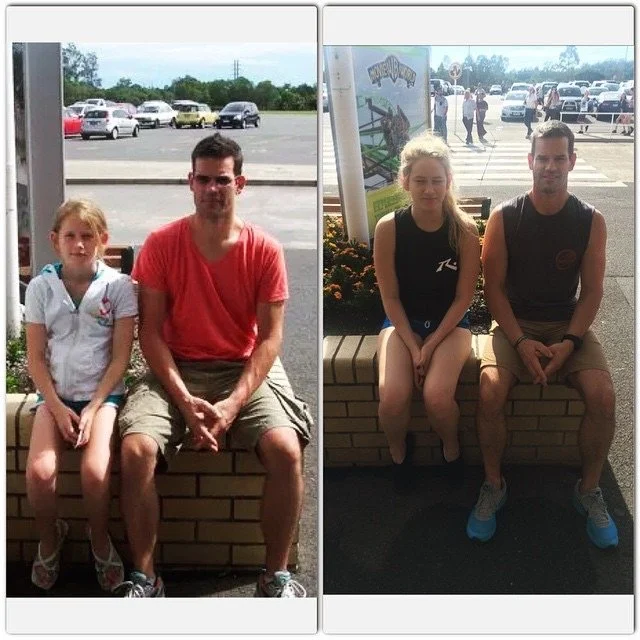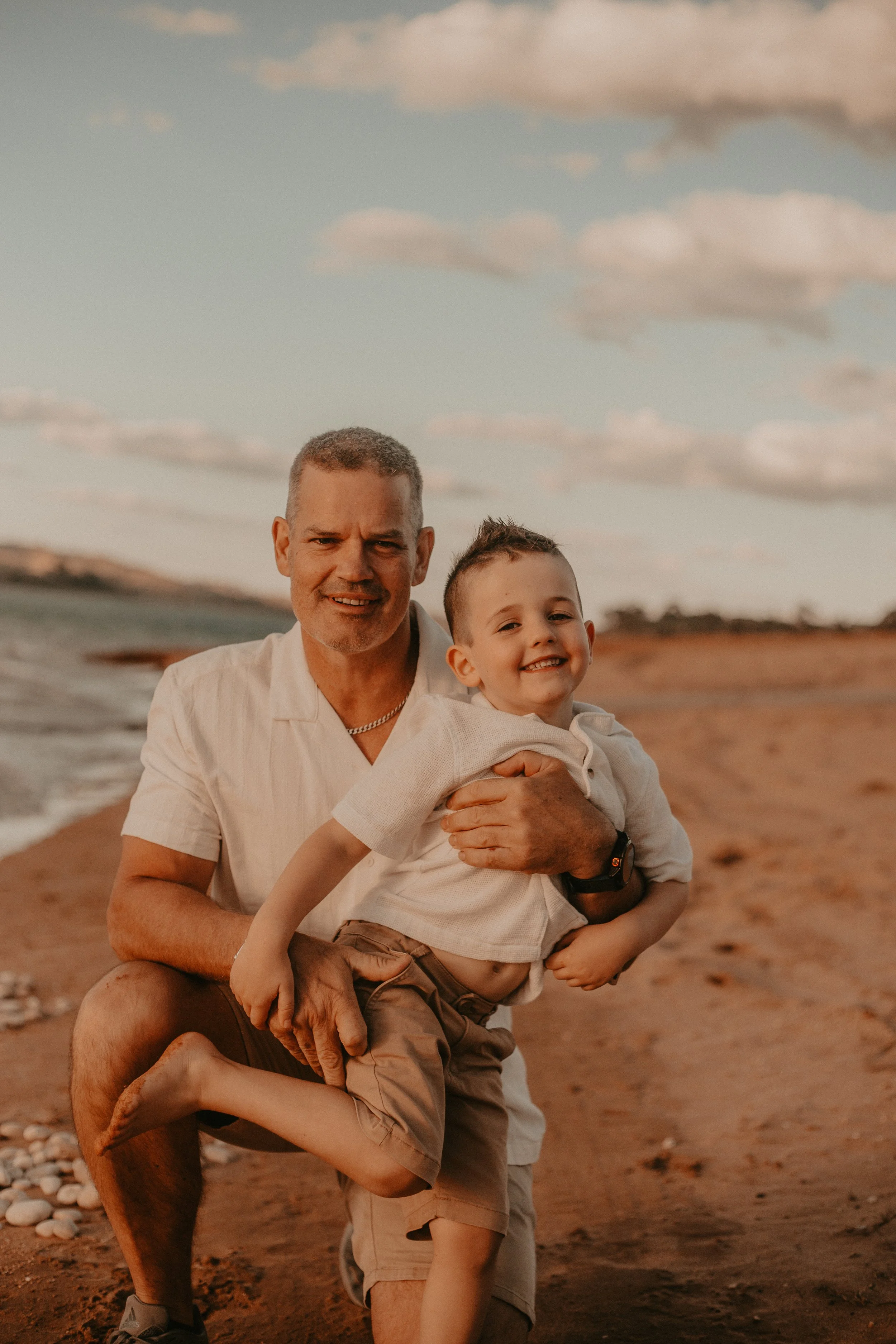Ageing Without Pain: Is It Possible?
So, you’re getting older, and now you’re suddenly experiencing pain or injuries.
Or maybe you played a lot of sports as a kid, and now you feel like you're paying for it…
Yes, life gets a little tougher as we age. But I’m here to tell you—pain and injuries aren’t an inevitable part of the process. Sorry, not sorry 😉.
In most cases, there’s one major factor to blame: your lifestyle.
How you move, lift, think, eat, and recover all contribute to how you feel today—and how you’ll feel in the future.
Of course, some people are unlucky and deal with inherited medical conditions. But even then, the right lifestyle choices can make a huge difference in managing pain and maintaining mobility.
I’m only 28, so I won’t pretend I personally understand what it feels like to be 40+. But most of my clients are in their 40s, 50s, and beyond—and after treating hundreds (if not thousands) of people, I’ve noticed a clear pattern:
The people struggling with pain and stiffness? They tend to have certain habits.
The ones ageing with ease and mobility? They have different habits.
And the difference is undeniable.
Even though I’ve been in the healthcare industry for seven years, my biggest lesson about healthy ageing didn’t come from formal training. It actually started when I was young—watching my dad.
Myself (10) Dad (32) ……. Myself (18) Dad (40)
My dad has been a role model for me from an early age. I watched him get stronger, happier, and healthier as he approached 40, which inspired me to take better care of myself. Honestly, I felt proud to have such a fit dad—and I still do.
We became even closer by sharing activities like hiking, boxing, and going to the gym together.
It was through his lifestyle, he was able to attract my beautiful stepmum and even have another child at 46. But after turning 50, he realised he had fallen out of routine lately and started to feel his age catching up. Instead of blaming age or the demands of having young kids, he used this as motivation to get back into training, improve his diet and even quit drinking entirely.
Now, nearly 51, he’s active, healthy and managing the occasional ache or pain.
He’s still learning, too. He’s started taking essential vitamins for ageing, adjusting his diet and macros and incorporating more recovery practices like yoga and remedial massage. And he’s not stopping there, he’s committed to understanding his body as it evolves and doing what it takes to age well.
Dad (50) Brother (4)
Let’s Break It Down
From everything I’ve learned—both from my dad and as a Remedial Massage Therapist—one thing is clear:
Your lifestyle habits today shape the person you’ll become in the future.
So, who do you want to be?
If your goal is to age with ease, stay pain free and have the freedom to enjoy life and activities, then it’s time to build the right habits.
Strength & Mobility Training: The REAL Key to Ageing Well
No, walking does NOT build muscle.
No, swimming does NOT improve mobility—it only maintains what you already have.
Most people lose muscle, strength and mobility as they age because they aren’t training properly. To stay pain free, prevent joint stiffness, and reduce the risk of back injuries, you need to actively build strength and improve mobility. Pick one of each:
💪 Strength Training (2-4x per week)
Gym workouts, weight training, Pilates, PT sessions, or resistance bands.
Focus on technique first, then progressive overload (increasing weights or reps over time)
Strength protects your joints and prevents low back pain, knee pain and shoulder injuries
🦵 Mobility Training (daily or 2-4x per week)
Deep stretching, active mobility drills or controlled movements towards full range of motion.
Improves joint function, prevents stiffness and increases flexibility beyond what cardio alone can do
🏃 Cardio (3-5x per week, NOT a replacement for strength work)
Walking, swimming, jogging, cycling, rowing or even sports you enjoy (play to your ability).
Keeps your heart and lungs healthy while complementing strength and mobility training.
Recovery: Support Your Joints & Muscles
Your recovery routine should match your training intensity. Otherwise, your body breaks down faster than it repairs, leading to chronic pain, low back pain, and joint stiffness.
💆 Self-Care & Recovery Techniques
Remedial massage for pain relief and mobility
Foam rolling & self-massage to release muscle tension
Hot/cold therapy to reduce inflammation and soreness
😴 Prioritise Sleep & Rest
Poor sleep = poor recovery = more pain and stiffness
Aim for quality sleep to help your body heal and stay active
Motivation? It Comes From a Strong “Why”
Let’s be honest—motivation is fleeting… discipline keeps you consistent, plus understanding your “WHY” can really help.
Here’s my tip:
Write down 50+ reasons why prioritising strength, mobility and recovery matters.
Why is it important now?
Why will it be even more important in 10, 20, or 30 years?
When you feel unmotivated, go back and read your list.
Because at the end of the day—how you feel in the future starts with the choices you make today.
Need Help? Get Expert Support in Gold Coast, Carrara.
At Holism Remedial Massage, we help people improve mobility, relieve joint pain, and recover from back injuries. Whether it’s through remedial massage, movement therapy, or injury prevention techniques, we’re here to support your journey.
📍 Book a remedial massage session in Carrara, Gold Coast today for the best pain relief and recovery strategies!

